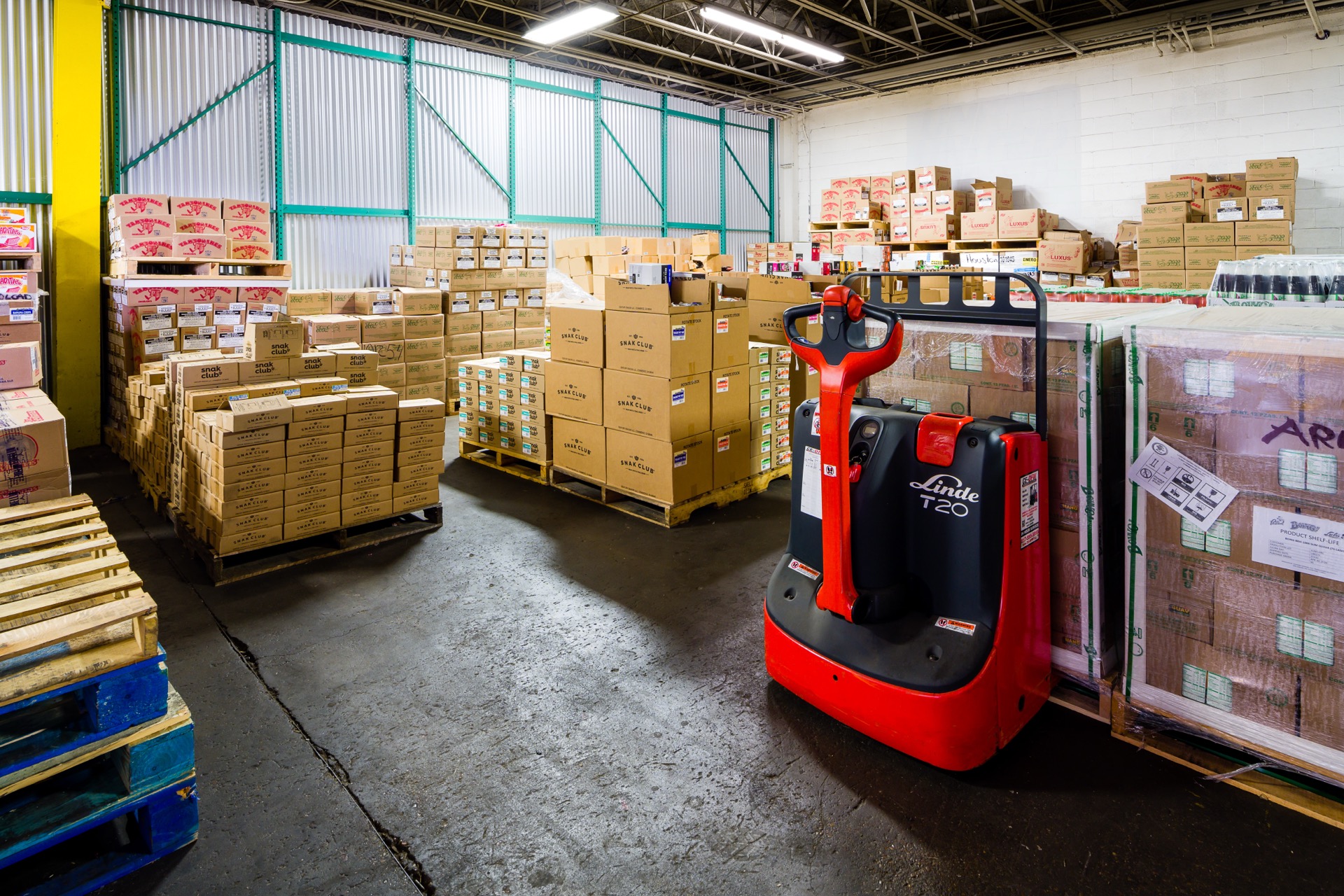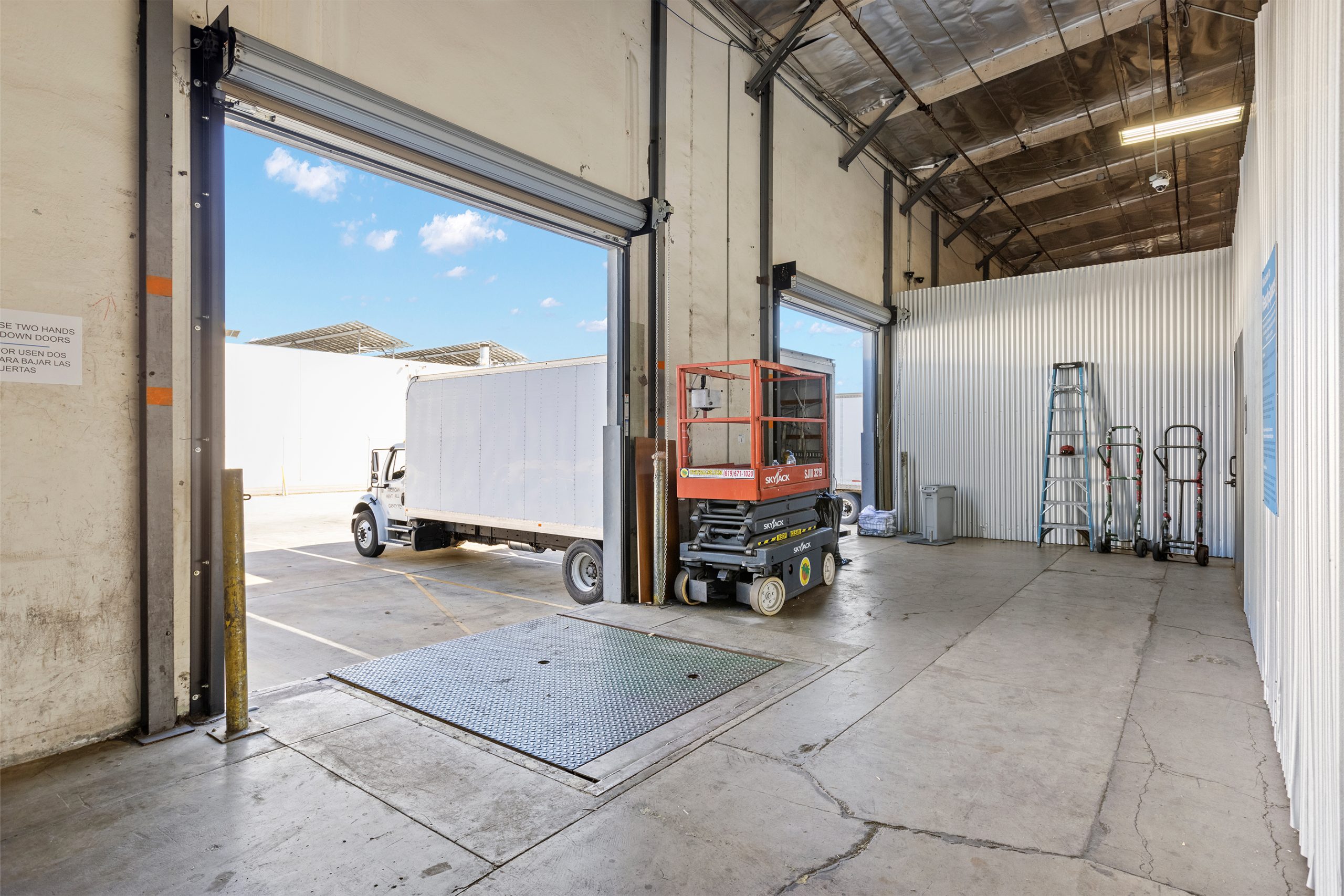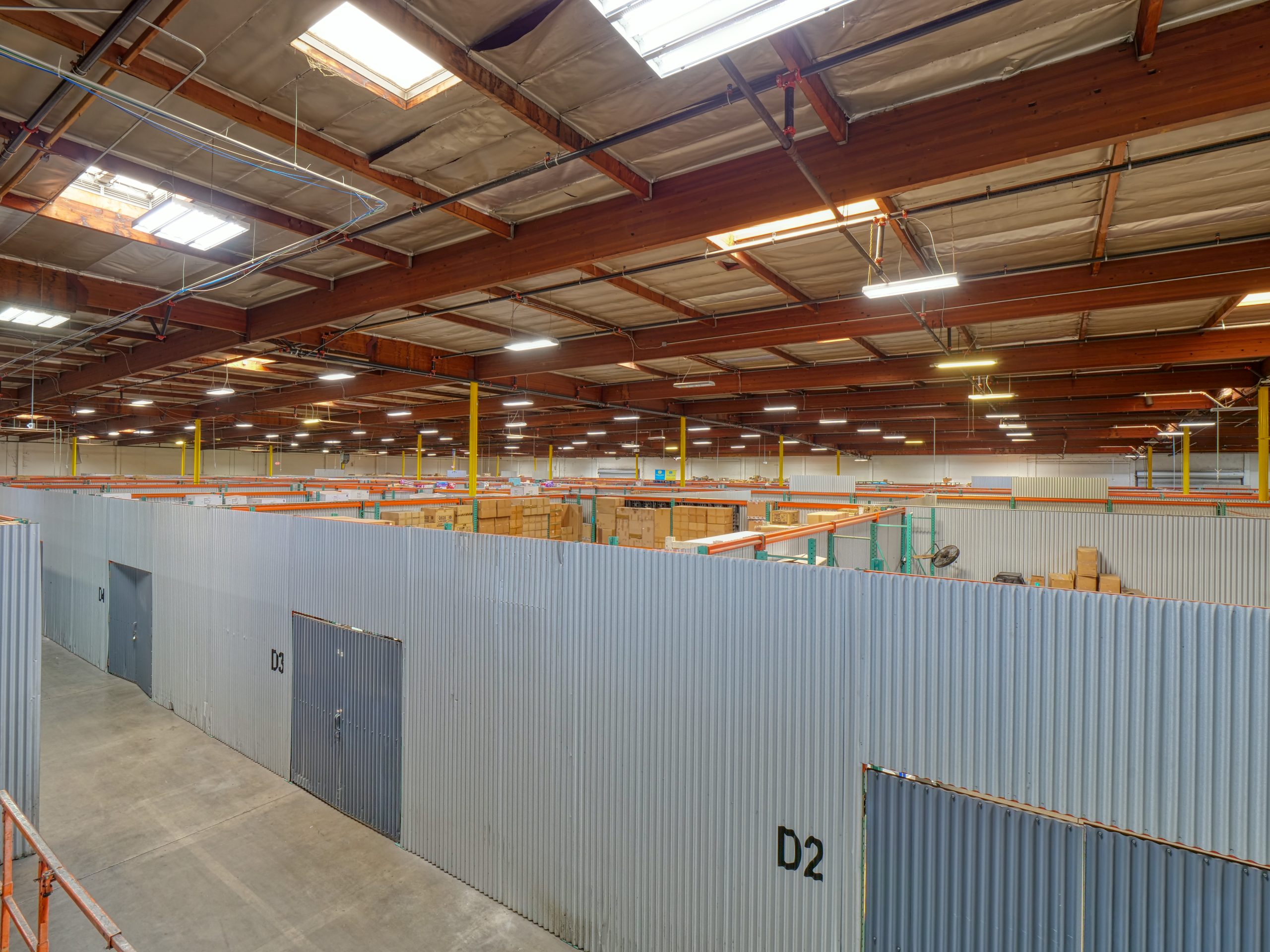Price Per Square Foot Guide: What to Expect in Top 20 US Markets
Understanding current industrial real estate pricing is essential for businesses making location decisions. This guide provides an overview of industrial lease rates across major US markets based on the most recent market data available as of October 2024.
Understanding Industrial Real Estate Pricing
Key Pricing Factors
Industrial real estate prices vary based on several factors:
- Location: Proximity to population centers, transportation infrastructure, and ports
- Building class: Modern Class A facilities command premium rates over older Class B/C properties
- Ceiling height: Higher clear heights (28’+ vs. traditional 24′) typically demand higher rates
- Loading capabilities: Number and type of loading docks/drive-in doors
- Power capacity: Buildings with higher power capacity for manufacturing/data needs
- Floor load capacity: Heavier floor loads for specialized equipment
- Property age: Newer facilities with modern features vs. older buildings
- Market vacancy: Supply-demand dynamics in specific submarkets
Types of Lease Rates
When reviewing market data, it’s important to understand what the quoted rates include:
- Triple Net (NNN): Tenant pays base rent plus all operating expenses (taxes, insurance, maintenance)
- Modified Gross: Some expenses included in rent, others paid separately
- Industrial Gross: Most operating expenses included in the quoted rate
Note: The rates in this guide are primarily Triple Net (NNN) lease rates unless otherwise specified, based on industry reporting standards.
National Overview
According to data from major commercial real estate reports:
- National Average Industrial Rent: $9.90 per square foot (NNN) as of Q3 2024
- Year-over-Year Growth: 5.1% increase from Q3 2023
- National Vacancy Rate: 4.2% (historically low despite new construction)
Source: Compiled from CBRE, JLL, and Cushman & Wakefield industrial market reports, Q3 2024
Top 20 Markets by Average Lease Rates
The following data represents average asking lease rates for industrial properties across the top 20 US markets, based on recent market reports from major commercial real estate firms. Rates are triple net (NNN) per square foot annually unless otherwise noted.
Highest-Cost Markets
San Francisco Peninsula/Silicon Valley, CA
- Average Rate: $21.75 – $28.60 per sq ft
- Year-over-Year Change: +3.8%
- Market Characteristics: Extremely limited supply, tech-driven demand, significant barriers to new development
Los Angeles/Orange County, CA
- Average Rate: $18.30 – $24.50 per sq ft
- Year-over-Year Change: +4.2%
- Market Characteristics: Port-proximate, last-mile focused, severe space constraints
Seattle/Puget Sound, WA
- Average Rate: $16.20 – $21.85 per sq ft
- Year-over-Year Change: +3.1%
- Market Characteristics: Tech-influenced demand, limited development opportunities
New York/New Jersey Metro
- Average Rate: $15.90 – $22.40 per sq ft
- Year-over-Year Change: +4.5%
- Market Characteristics: Dense population center, port access, constrained supply
Miami/South Florida
- Average Rate: $14.80 – $19.75 per sq ft
- Year-over-Year Change: +6.2%
- Market Characteristics: Strong population growth, international trade focus, limited land
Mid-Range Markets
Boston Metro, MA
- Average Rate: $13.75 – $18.60 per sq ft
- Year-over-Year Change: +3.9%
- Market Characteristics: Life sciences influence, established industrial corridors
Washington DC/Baltimore Metro
- Average Rate: $12.30 – $16.80 per sq ft
- Year-over-Year Change: +3.6%
- Market Characteristics: Government-influenced, growing data center presence
Denver, CO
- Average Rate: $11.80 – $15.90 per sq ft
- Year-over-Year Change: +4.8%
- Market Characteristics: Population growth driving demand, geographic constraints
Austin, TX
- Average Rate: $11.20 – $15.40 per sq ft
- Year-over-Year Change: +5.5%
- Market Characteristics: Tech-driven growth, strong in-migration patterns
Chicago, IL
- Average Rate: $10.65 – $14.80 per sq ft
- Year-over-Year Change: +3.2%
- Market Characteristics: Major distribution hub, extensive existing inventory
Nashville, TN
- Average Rate: $10.20 – $13.75 per sq ft
- Year-over-Year Change: +5.8%
- Market Characteristics: Growing population, manufacturing resurgence
Portland, OR
- Average Rate: $9.90 – $13.50 per sq ft
- Year-over-Year Change: +2.9%
- Market Characteristics: Strong local economy, geographic development constraints
Dallas-Fort Worth, TX
- Average Rate: $9.75 – $13.20 per sq ft
- Year-over-Year Change: +4.3%
- Market Characteristics: Extensive new development, strong corporate demand
Phoenix, AZ
- Average Rate: $9.60 – $12.90 per sq ft
- Year-over-Year Change: +4.7%
- Market Characteristics: Population growth, manufacturing expansion, California adjacency
Atlanta, GA
- Average Rate: $9.20 – $12.60 per sq ft
- Year-over-Year Change: +3.9%
- Market Characteristics: Major regional distribution hub, good transportation infrastructure
Value Markets
Columbus, OH
- Average Rate: $8.30 – $11.15 per sq ft
- Year-over-Year Change: +3.6%
- Market Characteristics: Growing logistics importance, central location
Indianapolis, IN
- Average Rate: $7.80 – $10.50 per sq ft
- Year-over-Year Change: +3.4%
- Market Characteristics: Significant distribution center presence, crossroads location
Kansas City, MO/KS
- Average Rate: $7.60 – $10.20 per sq ft
- Year-over-Year Change: +2.8%
- Market Characteristics: Central US location, intermodal capabilities
St. Louis, MO
- Average Rate: $7.10 – $9.80 per sq ft
- Year-over-Year Change: +2.4%
- Market Characteristics: River access, established industrial base
Memphis, TN
- Average Rate: $6.90 – $9.40 per sq ft
- Year-over-Year Change: +3.1%
- Market Characteristics: Major logistics hub, multimodal transportation options
Source: Compiled from CBRE, JLL, Cushman & Wakefield, Colliers, and Newmark industrial market reports, Q2-Q3 2024
Submarket Variations
Within each major market, rates can vary significantly by submarket. Below are examples of this variation in selected markets:
Los Angeles Submarkets
- South Bay/Port Adjacent: $22.50 – $28.30 per sq ft
- Central Los Angeles: $18.80 – $24.60 per sq ft
- San Gabriel Valley: $16.40 – $21.90 per sq ft
- North Los Angeles: $15.20 – $19.80 per sq ft
Dallas-Fort Worth Submarkets
- Infill Dallas: $12.50 – $16.80 per sq ft
- DFW Airport Area: $10.30 – $14.20 per sq ft
- Great Southwest: $9.40 – $12.60 per sq ft
- South Dallas: $7.90 – $10.80 per sq ft
Atlanta Submarkets
- Airport/South Atlanta: $11.40 – $15.80 per sq ft
- Northeast/I-85 Corridor: $9.60 – $13.20 per sq ft
- Northwest/I-75 Corridor: $8.80 – $11.90 per sq ft
- Outlying Areas: $6.90 – $9.80 per sq ft
Property Class Differentials
The following table shows the typical premium for Class A properties over Class B/C properties in selected markets:
| Market | Class A Average | Class B/C Average | Premium |
|---|---|---|---|
| Los Angeles | $22.80 | $16.40 | 39% |
| Chicago | $13.20 | $9.40 | 40% |
| Dallas | $11.60 | $8.50 | 36% |
| Atlanta | $11.30 | $8.40 | 35% |
| Indianapolis | $9.40 | $6.90 | 36% |
Source: Based on data from major brokerage firm reports, Q3 2024
Building Features and Their Impact on Rates
Modern facilities with premium features command higher rates. The following shows typical rate premiums for key features:
| Feature | Typical Premium | Markets with Highest Premium |
|---|---|---|
| 32’+ Clear Height (vs. 24′) | 15-25% | Los Angeles, New Jersey, Miami |
| ESFR Sprinklers | 10-15% | All major markets |
| Heavy Power (1000+ Amps) | 15-30% | Bay Area, Seattle, Austin |
| Extra Trailer Parking | 10-20% | Southern California, Chicago, Dallas |
| Rail Access | 5-15% | Chicago, Kansas City, Memphis |
Note: These premiums are general ranges based on market observations from brokerage research. Actual premiums vary by specific location and property.
Special Use Facilities
Specialized industrial properties often command different pricing:
Cold Storage/Refrigerated
- National Average Premium: 40-75% above standard warehouse
- Highest Rates: Los Angeles ($30-40/sq ft), South Florida ($28-38/sq ft)
- Growth Trend: 7.2% annual increase (higher than standard industrial)
Manufacturing/Heavy Industrial
- National Average: Generally on par with distribution space in the same market
- Premium for Heavy Power: 15-30% above base rates
- Premium for Extra Floor Load: 10-20% above base rates
Life Sciences/Flex Industrial
- National Average Premium: 60-100% above standard warehouse
- Highest Rates: Boston ($35-55/sq ft), Bay Area ($38-60/sq ft)
- Growth Trend: 8.5% annual increase in core life science markets
Data Center Capable
- National Average Premium: 40-80% above standard warehouse
- Highest Rates: Northern Virginia ($32-45/sq ft), Silicon Valley ($40-65/sq ft)
- Growth Trend: 9.2% annual increase in primary data center markets
Additional Costs Beyond Base Rent
Triple net (NNN) leases require tenants to pay operating expenses beyond the base rent. Average additional costs per square foot annually:
| Expense Category | Low Range | High Range | Markets with Highest Costs |
|---|---|---|---|
| Property Taxes | $1.20 | $4.80 | California, Illinois, New York |
| Insurance | $0.40 | $1.80 | Florida, Louisiana, Texas coastal |
| CAM/Maintenance | $0.75 | $2.50 | Northern markets (snow removal) |
| Total NNN Expenses | $2.35 | $9.10 | California, New York, Illinois |
Note: These figures reflect typical ranges based on industry reports. Actual costs may vary by specific property, age of building, and local tax jurisdictions.
Rental Rate Trends (2022-2024)
| Year | National Average NNN Rate | YoY Change |
|---|---|---|
| 2022 | $8.90 | +11.2% |
| 2023 | $9.40 | +5.6% |
| 2024 | $9.90 | +5.1% |
Source: Based on data from major brokerage firm reports through Q3 2024
Cost-Saving Strategies for Industrial Tenants
Given the high cost of industrial space in many markets, consider these strategies:
1. Look Beyond Primary Submarkets
- Potential Savings: 15-40% lower rates
- Trade-off: Potentially longer transit times to customers/suppliers
2. Consider Class B Properties
- Potential Savings: 25-40% lower rates than Class A
- Trade-off: Older features, potentially higher operating costs
3. Explore Lease Term Flexibility
- Strategy: Negotiate shorter initial terms with extension options
- Benefit: Protection against market downturns, flexibility for growth
4. Investigate Emerging Submarkets
- Target Areas: Zones with recent infrastructure improvements
- Advantage: Lower rates before areas become fully established
5. Evaluate Build-to-Suit Options
- Best For: Tenants needing 50,000+ sq ft with specialized requirements
- Advantage: Purpose-built facility at potentially competitive rates
Conclusion: Making Data-Driven Decisions
When evaluating industrial property costs, consider these key points:
- Total Occupancy Cost: Factor in base rent, operating expenses, and any required improvements
- Location Efficiency: Sometimes, higher rent in a strategic location yields overall business savings
- Future Flexibility: Properties that can accommodate growth may justify higher initial costs
- Transportation Impact: Consider how location affects inbound and outbound transportation costs
The industrial real estate landscape continues to evolve rapidly. While this guide provides a snapshot of current conditions, working with local market experts can help you navigate specific opportunities in your target markets.
Looking for industrial space? Search available properties on WareCRE to find options in your target markets and compare pricing across different locations.


